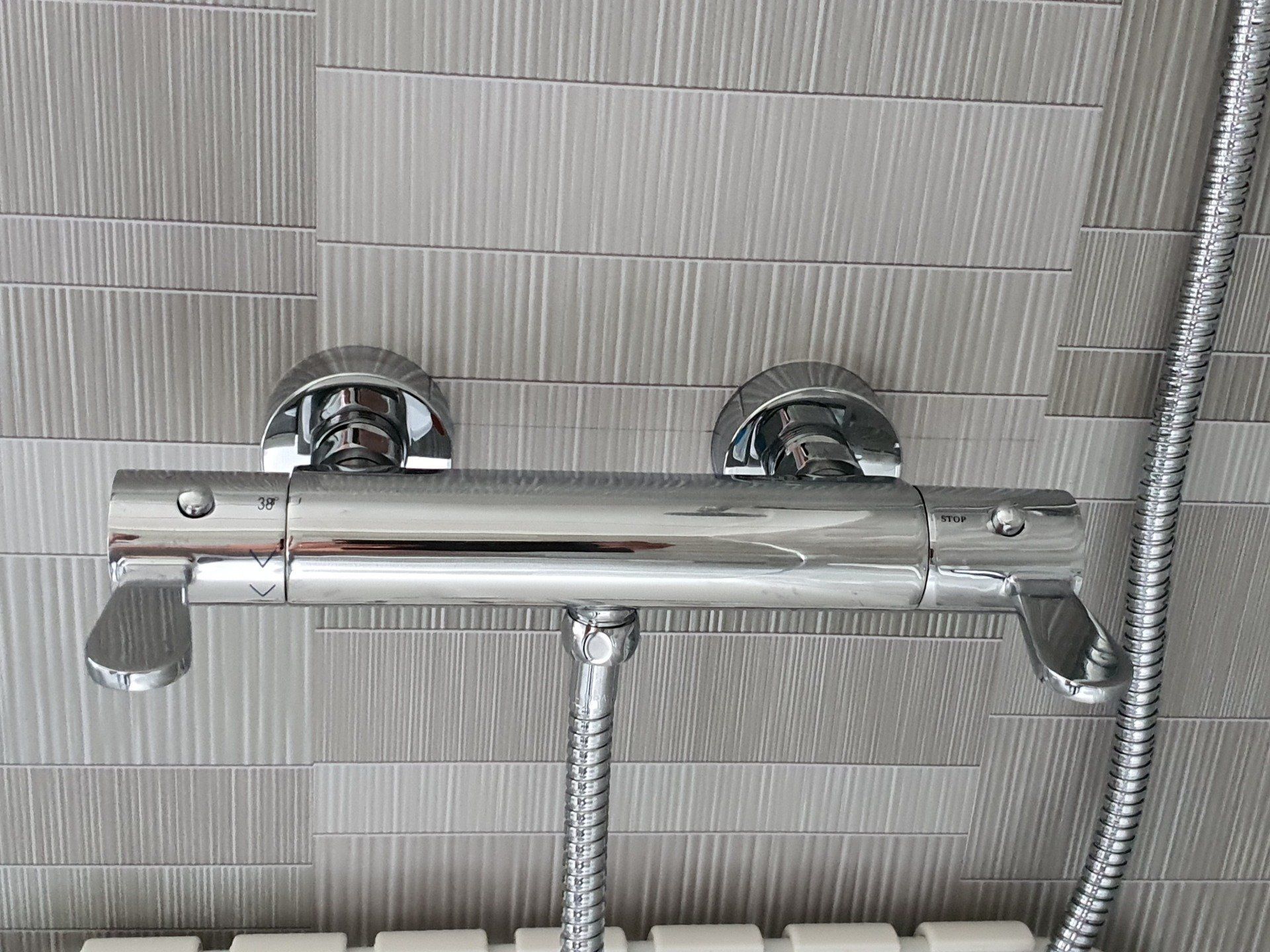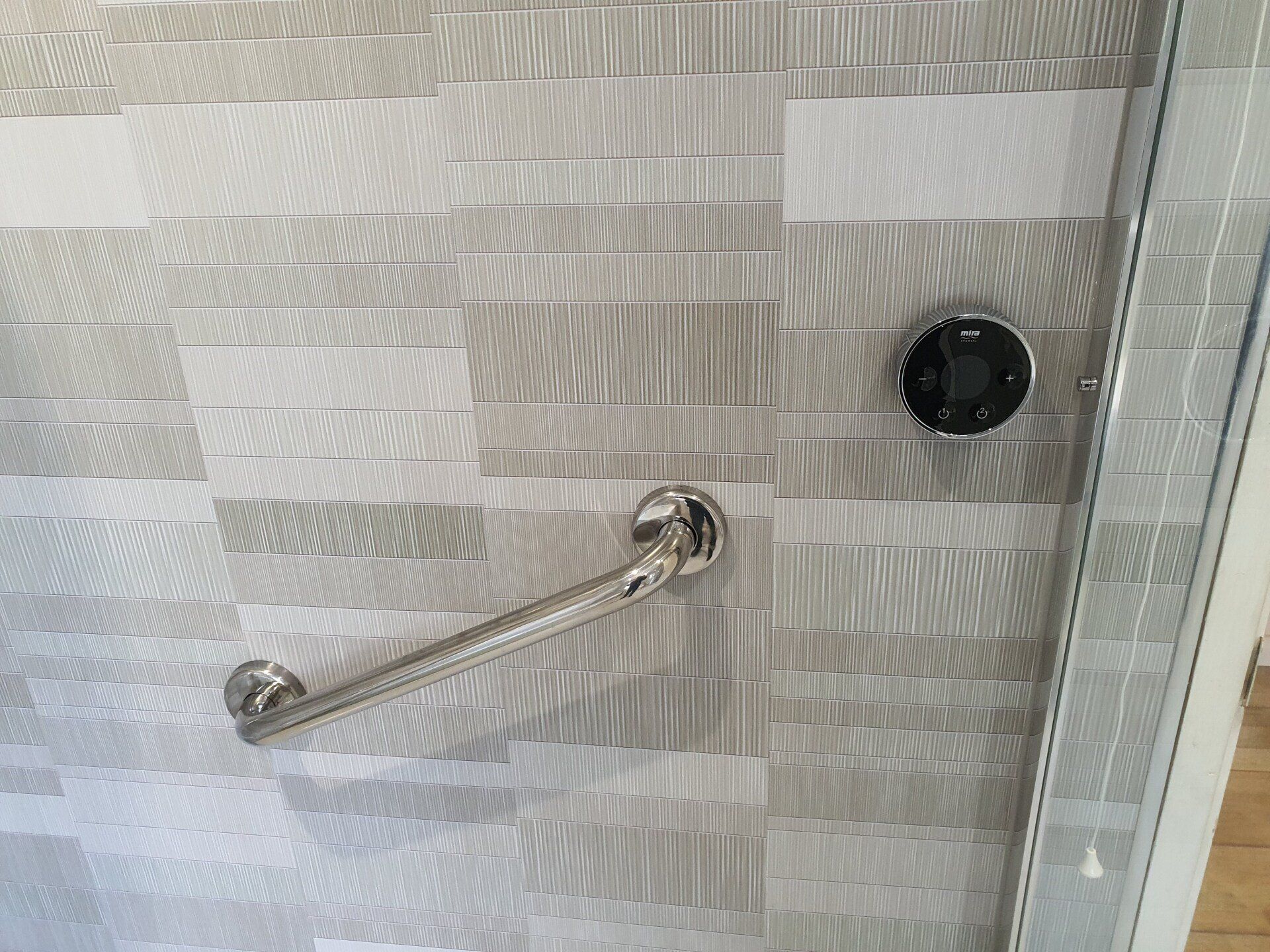Adding Accessories to Make Your Bathroom Safer
Is it time to accessorise your bathroom to make it more accessible?
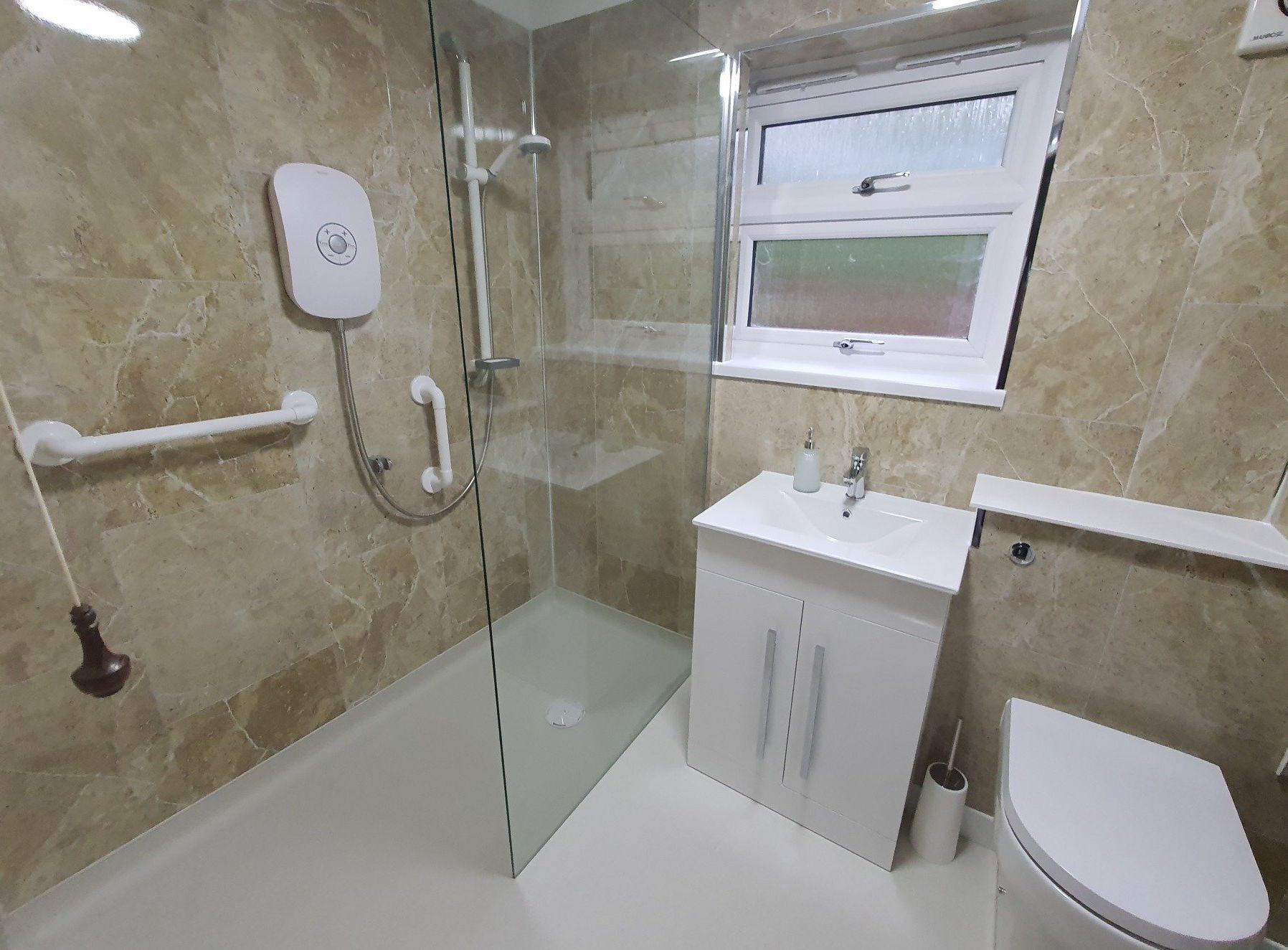
Accessories for your accessible bathroom
When designing an accessible bathroom for your home, you will want to consider how to accommodate both your own mobility needs and the needs of your family members. An accessible bathroom doesn’t have to be a clinical, unpleasant space. It can be designed to accommodate your mobility needs and can be a stylish addition to your home where you, and your family members, will enjoy spending time to relax and bathe.
Things to consider when designing your accessible bathroom
The main things you need to consider are how you are going to shower, bathe and go to the toilet. The size of the bathroom and access are also important factors in designing the right accessible bathroom for you. Although, most spaces can be adapted into an accessible bathroom.
Accessible bathroom accessories
There are lots of different accessories that you can choose to make your accessible bathroom a stylish addition to your home.
The accessories that can help your accessible bathroom are listed below.
Grab/hand rails.
When it comes to having an accessible bathroom in your home, one of the first things you will need are handrails or grab rails. Handrails/grab rails are useful for many reasons. They offer peace of mind to someone who is unsteady on their feet as they can be something to grab hold of when getting into and out of the shower or on and off of the toilet.
Raised toilet.
Another everyday accessory you may find in an accessible bathroom is a raised toilet. Raised toilets are designed to make it much easier to get up from and then sit down on them. This simple, yet effective adaptation to the toilet makes your bathroom more accessible for those who struggle to use a conventional height toilet and is a subtle way to avoid the embarrassment of a more clinical alternative.
Other additions to make to your accessible bathroom.
Shower Seat.
Showering can be a daunting task to someone who is unsteady on their feet or who has mobility issues. By adding a shower seat, you can either shower sat down or sit down if needed ensuring that you can enjoy bathing as much as possible without worrying about falling.
Plenty of other features can be added to an accessible bathroom to ensure that they are as safe as possible. These are listed below:
Non-slip flooring. The main aim is to ensure that the bathroom space is as safe as possible. For anyone who is unsteady on their feet, any risk of falling down is a constant worry. Using the bathroom should not be a time to worry about slipping but more of a time to relax. Non-slip flooring can help to avoid slip hazards and can be easily installed.
Non-scald shower controls. These will help to control the temperature of the shower to help. If you are struggling with gripping/turning taps, the addition of non-scald controls/taps are a much safer and useful addition to your accessible bathroom.
Accessibility. It is always worth looking at how easy it is to get into and out of the bathroom and then to move around inside the bathroom. To make your bathroom more accessible for all family members, including wheelchair users, the door frame can be adapted to a variety of widths.
Conclusion
The main thing to remember when it comes to having an accessible bathroom is that it needs to be suitable for everyone in your family. Not only should it be a space that can accommodate your mobility needs but also somewhere that can be enjoyed by yourself and all members of the family.
There are many ways in which you can adapt your bathroom to suit the needs of those in your family and the space you have in your bathroom.
If you are considering adapting your bathroom to suit your mobility needs and don’t know where to start, you can always speak to one of our team at Parish Bathrooms. We can advise you on the design of your accessible bathroom based on your individual mobility needs, the space available and the accessories that you can add to make it more accessible.
We can transform your bathroom into a stylish yet accessible addition that, not only, adds value to your home but improves your everyday life enabling you to continue to live independently in your own home for as long as possible.
Contact Us
We will get back to you as soon as possible.
Please try again later.
Parish Bathrooms is an independent installer and designer of accessible bathrooms based in Salisbury and Southampton. We have many years of experience and we work with you closely to adapt your bathroom to suit your mobility needs so that you can continue to live independently in your own home for as long as possible. For more information, contact us at Parish Bathrooms.
You might also like
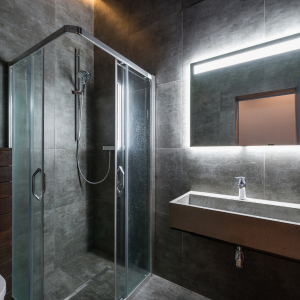
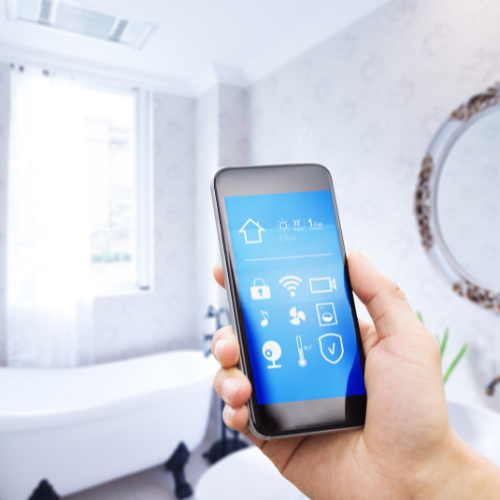
Book a Service Today
We will get back to you as soon as possible
Please try again later
Our Beautifully Designed Accessible Bathrooms Speak for Themselves
Are you ready to create your dream bathroom with Parish Bathrooms?
Navigation
Areas Serviced
Salisbury
Southampton
Winchester
Portsmouth
Bournemouth
Andover
The New Forest
Christchurch
Contact Info
Trading Address:
Parish Bathrooms
9 St Georges Road,
Harham, Salisbury, SP2 8LU
Registered Address:
9 St Georges Road,
Harham, Salisbury, SP2 8LU
Sign up to our newsletter for regular news and offers
All Rights Reserved | Parish Bathrooms | Privacy Policy

